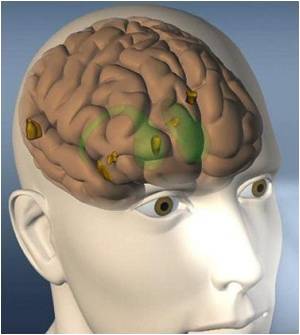
Seven neurologists from different countries and medical institutions searched YouTube using six keywords: "dystonia," "Parkinsonism," "chorea," "myoclonus," "tics" and "tremor", and found videos allegedly depicting various movement disorders.
They then independently reviewed the top three percent most-watched videos that were of sufficient quality to review patient symptoms and out of 29 videos, the majority (66 percent) were identified as showing psychogenic" movement disorders, meaning that the abnormal movement originates from a psychological condition or mental state rather than a disease with a physical cause, such as Parkinson's.
More than half of the videos contained advice about specific therapies to treat the movement disorder and although the doctors reviewing the videos did so independently, yet their diagnoses agreed in 87 to 100 percent of all cases.
"Patients and doctors have to be very thoughtful and careful when looking for information on YouTube, as well as the Internet in general," Mark Hallett, senior investigator at the National Institute of Neurological Disorders and Stroke (NINDS) at the National Institutes of Health said.
"There is a great deal of good information on the Internet, but one has to be careful," he added.
Advertisement









